Minor Basilica National Shrine of Our Lady of Coromoto || Basílica Menor Santuario Nacional Nuestra Señora de Coromoto [ENG/ESP]
"To one who has faith, no explanation is necessary. To one without faith, no explanation is possible."
Thomas Aquinas
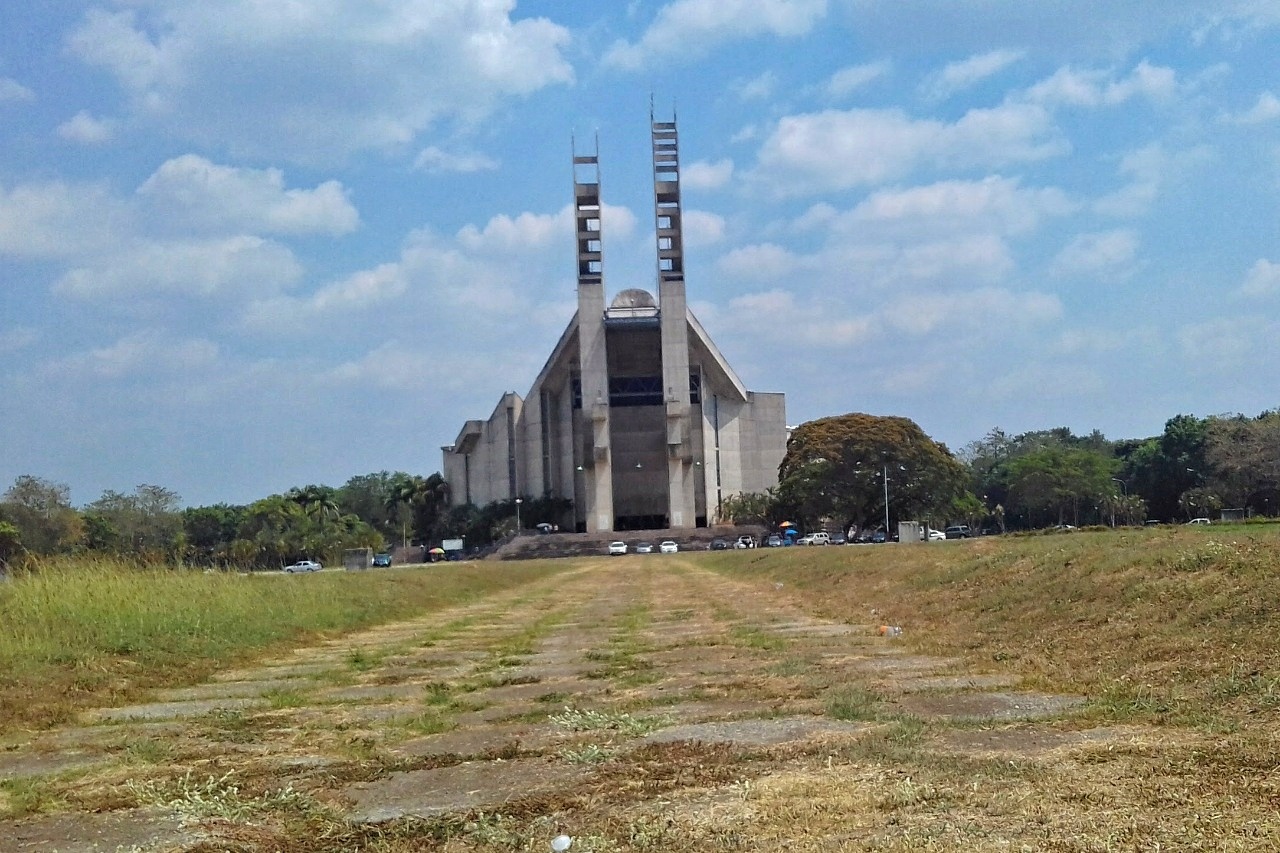
Minor Basilica National Shrine of Our Lady of Coromoto
A few years ago, I had the opportunity to make a brief trip to the Minor Basilica National Shrine of Our Lady of Coromoto, located about 25 kilometers from the city of Guanare, in the western Venezuelan plains. This imposing building, which serves as a Catholic temple, was built in the place where the second apparition of the Virgin to the Indian Coromoto took place on September 8, 1652, currently known as Quebrada de la Virgen (Virgin Gorge).
I had already been there many years before, however, in that first visit made, probably in the mid to late 90's, I did not have a camera or any other portable device that would allow me to take pictures, so my memories were a bit vague or fuzzy.
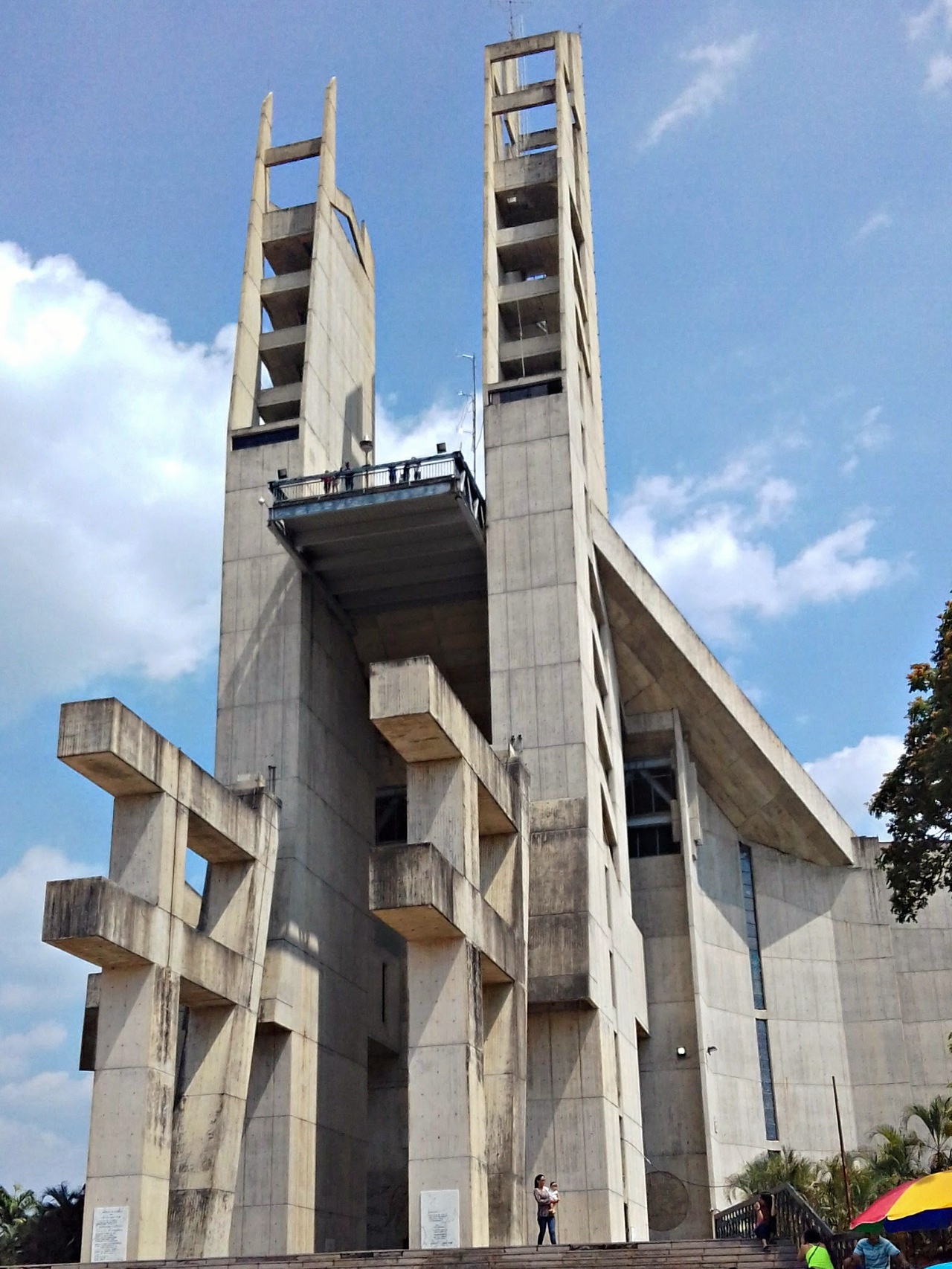
The project was elaborated by the Venezuelan architect Erasmo Calvani in 1975, but it would not be until the beginning of 1980 that the works began, which were interrupted on numerous occasions, being finally consecrated on January 7, 1996 and inaugurated with a mass by the then Pope St. John Paul II on February 10 of that year, in the presence of more than two million faithful who attended that day to accompany the supreme pontiff.
The building is a little smaller than St. Peter's Basilica in the Vatican City, and has a capacity to hold about 2,500 people inside, and more than 50,000 in the Spikes Square (Plaza de Espigas), located on the outside. In its interior there are three altars, one in each lateral nave and in the center its main altar, behind which is the Throne of the Virgin where the relic of the Virgin of Coromoto that appeared to the Indian that Saturday September 8, 1652 can be seen. This image would materialize in a stamp made of tree fiber and that today is venerated in this beautiful and imposing structure, built for this purpose.
At the top of the Basilica, there is a viewpoint, which can be accessed by an elevator or stairs, and where it is possible to see some foothills of the Andes and the plains of the area. To the right, forcing the view a little and when the weather conditions allow it, it is possible to see part of the city of Guanare.
In the American continent it is considered the second most modern and important Basilica, after the Basilica of Our Lady of Guadalupe in Mexico, and followed by the Basilica of Our Lady Aparecida in Brazil.
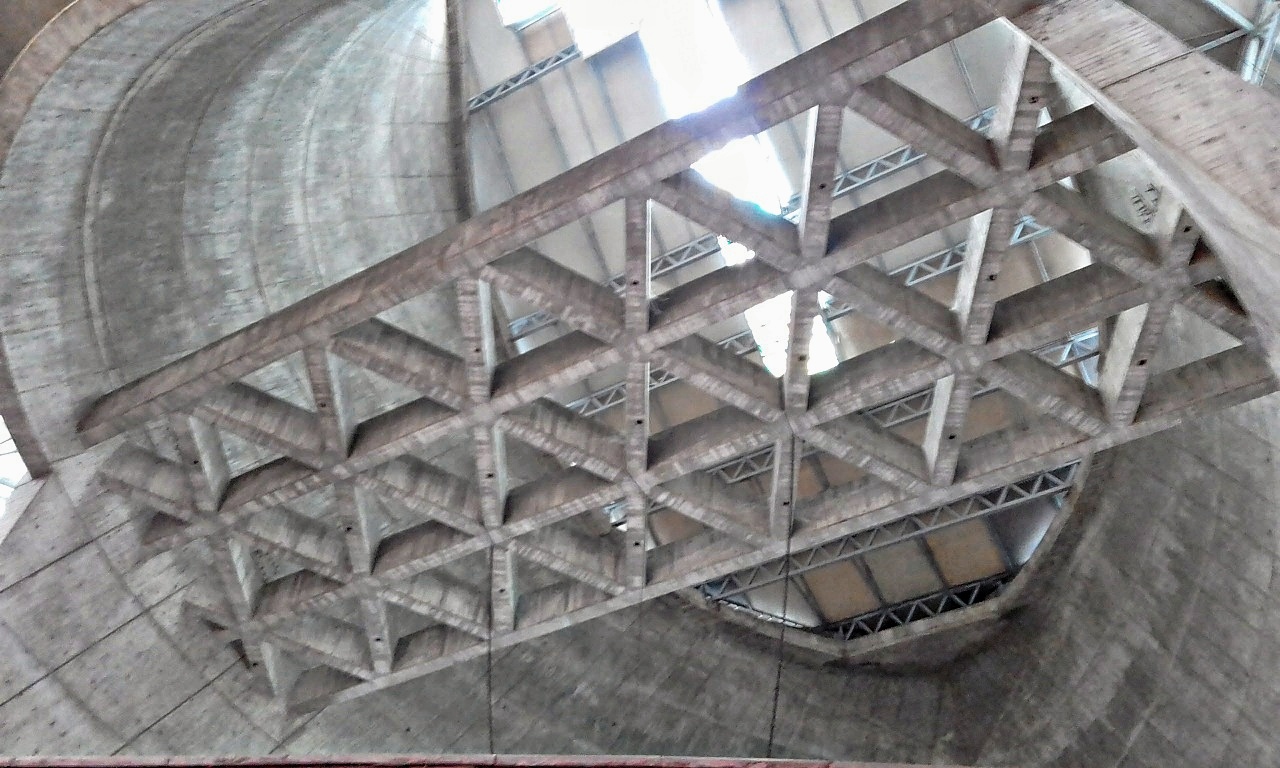
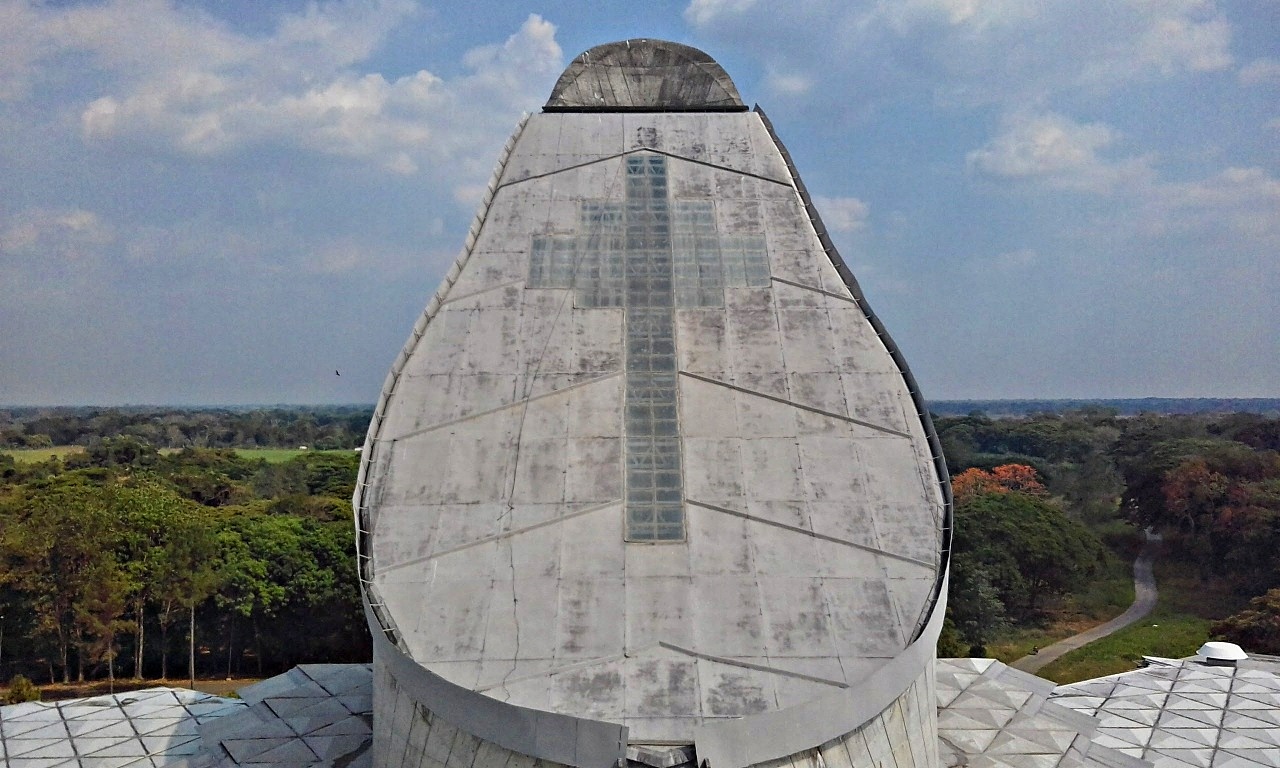

As usual in any photographic work, I intervened the original images in order to correct them or highlight some details that would otherwise go unnoticed, making use of the editing tools provided by the applications Picsart and Snapseed, which are the ones I use regularly as I am quite familiar with their use.
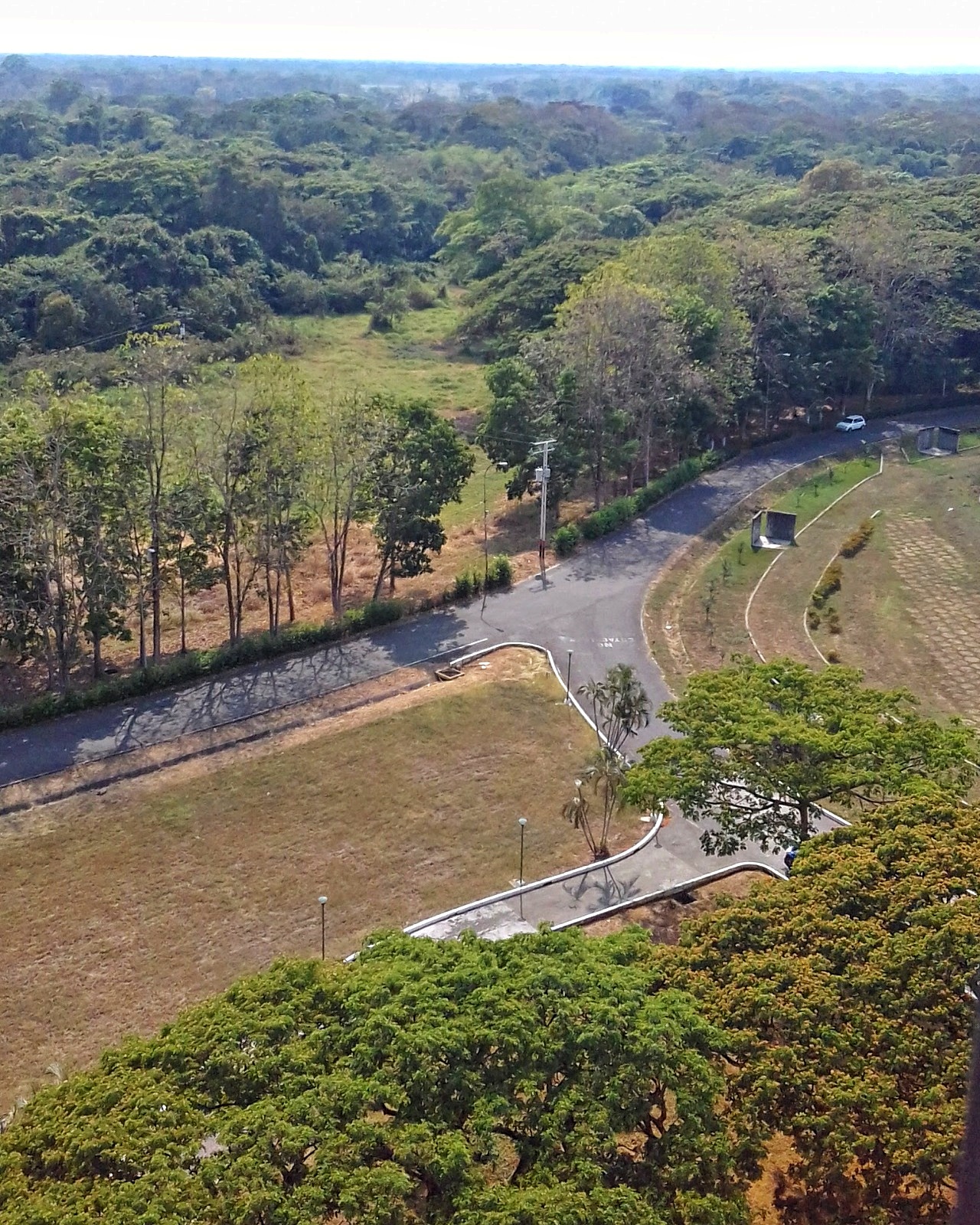

Basílica Menor Santuario Nacional Nuestra Señora de Coromoto
Unos años atrás, tuve la oportunidad de realizar un breve viaje a la Basílica Menor Santuario Nacional Nuestra Señora de Coromoto, ubicada a unos 25 kilómetros de la ciudad de Guanare, en los llanos occidentales venezolanos. Esta imponente edificación que cumple funciones como templo católico, fue construida en el lugar donde se produjo la segunda aparición de la Virgen al indio Coromoto el 8 de septiembre de 1652, actualmente conocido como Quebrada de la Virgen.
Ya había estado allí muchos años atrás, sin embargo, en aquella primera visita realizada, probablemente a mediados o finales de la década de los 90, no contaba con cámara o algún otro dispositivo portátil que me permitiera tomar fotografías, por lo que mis recuerdos eran un poco vago o difusos.
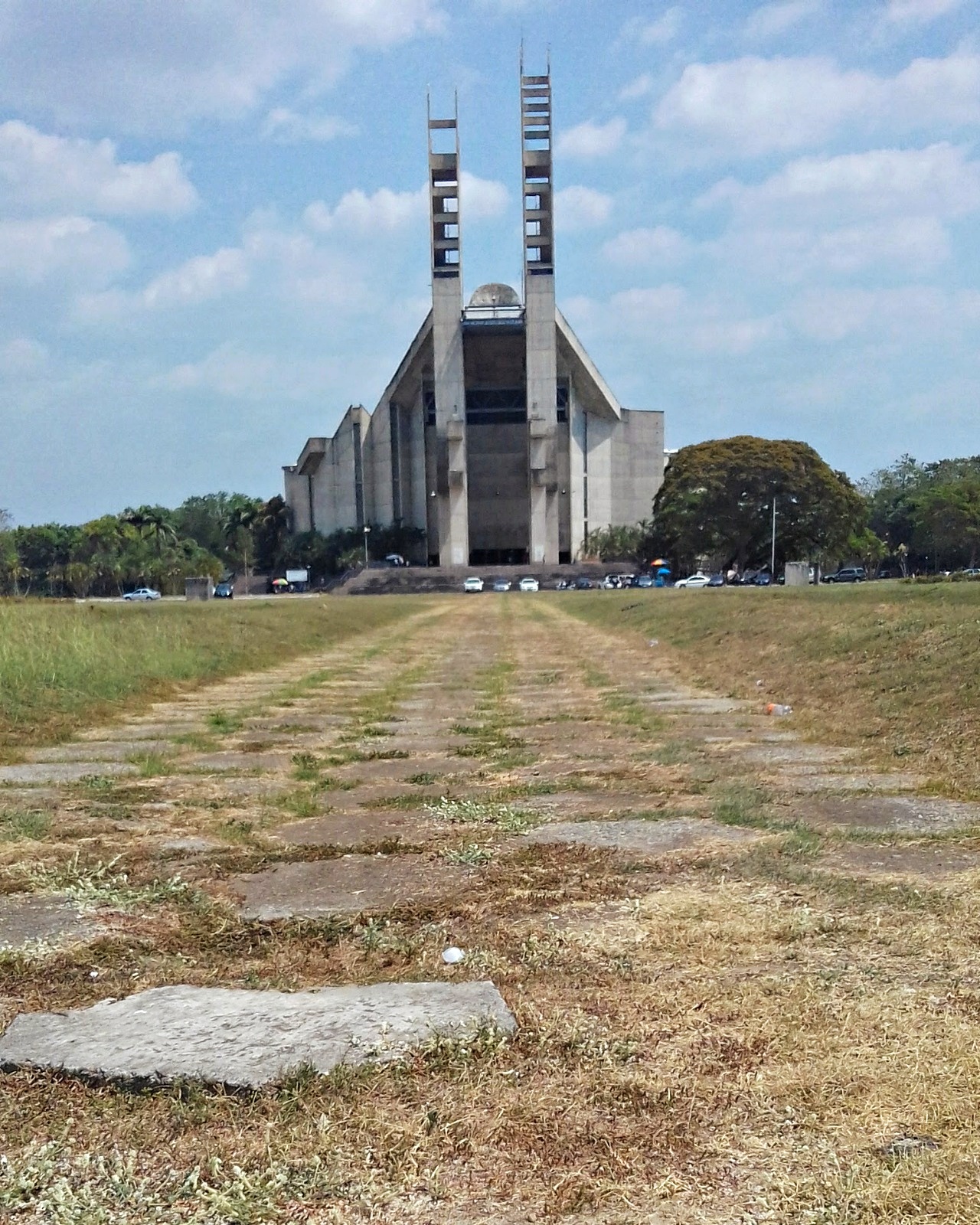
El proyecto fue elaborado por el arquitecto venezolano Erasmo Calvani en 1975, pero no sería hasta principios de 1980 que se iniciaron los trabajos, los cuales se vieron interrumpidos en numerosas ocasiones, siendo finalmente consagrada el 7 de enero de 1996 e inaugurada con una misa del entonces Papa San Juan Pablo II el 10 de febrero de ese año, en presencia de más de dos millones de fieles que asistieron aquel día para acompañar al sumo pontífice.
La edificación es un poco más pequeña que la Basílica de San Pedro ubicada en la Ciudad del Vaticano, y tiene una capacidad para albergar a unas 2.500 personas en su interior, y a más de 50.000 en la Plaza de Espigas, ubicada en la parte exterior. En su interior se encuentran tres altares, uno en cada nave lateral y en el centro su altar mayor, detrás del cual se encuentra el Trono de la Virgen donde se observa la reliquia de la Virgen de Coromoto que se le apareciera al indio aquel sábado 8 de septiembre de 1652. Esta imagen se materializaría en una estampilla hecha de fibra de árbol y que hoy se venera en esta hermosa e imponente estructura, construida con esta finalidad.
En la parte superior de la Basílica, se encuentra un mirador, al que se puede acceder a través de un ascensor o por escaleras, y en el que es posible observar algunas estribaciones de la Cordillera de los Andes y la llanura de la zona. A la derecha, forzando un poco la vista y cuando las condiciones climáticas lo permiten, se logra ver parte de la Ciudad de Guanare.
En el continente americano es considerada la segunda Basílica más moderna e importante, por detrás de la Basílica de Nuestra Señora de Guadalupe en México, y seguida por la Basílica de Nuestra Señora Aparecida en Brasil.
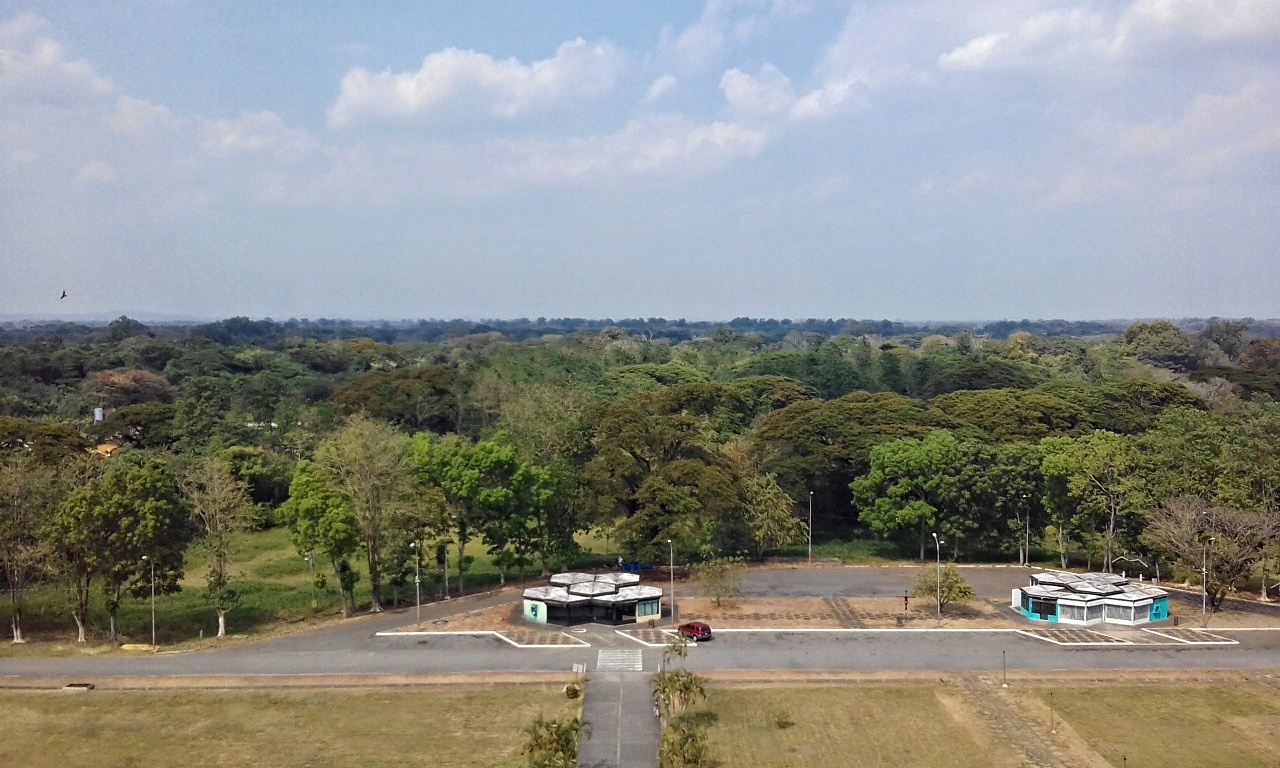
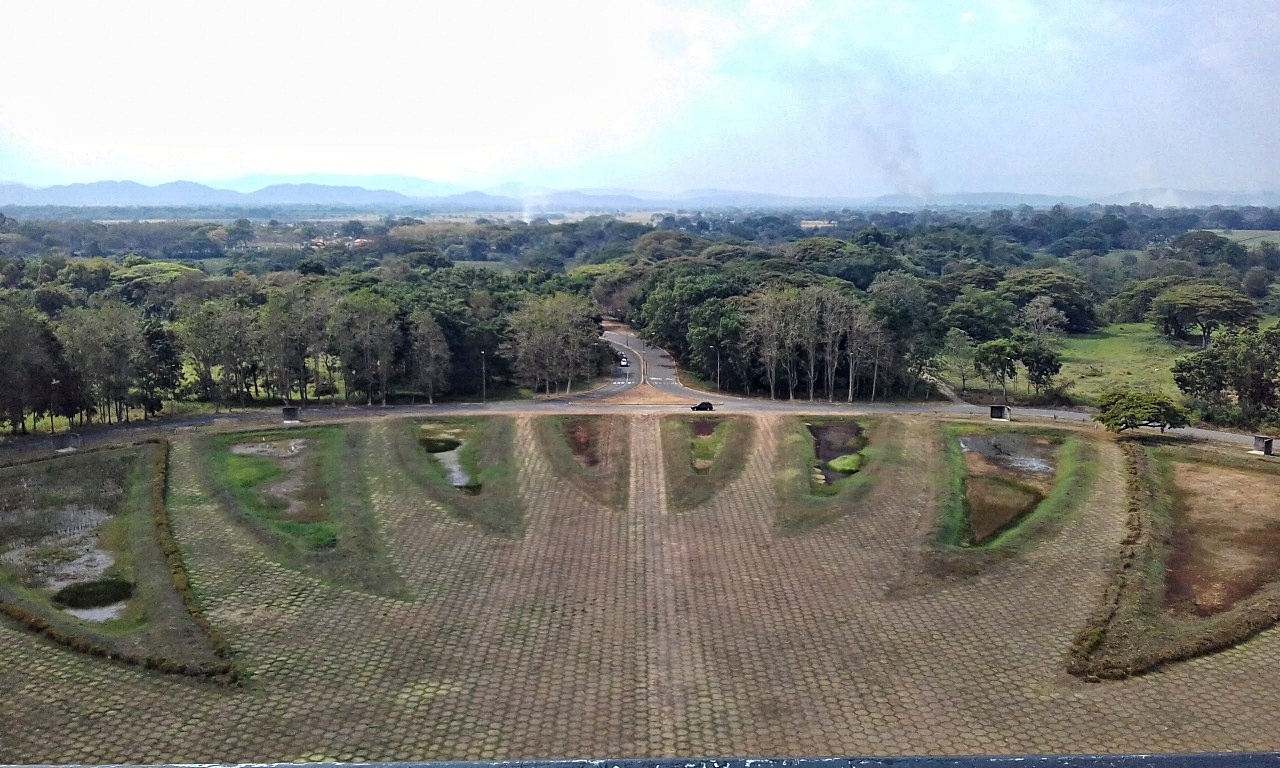
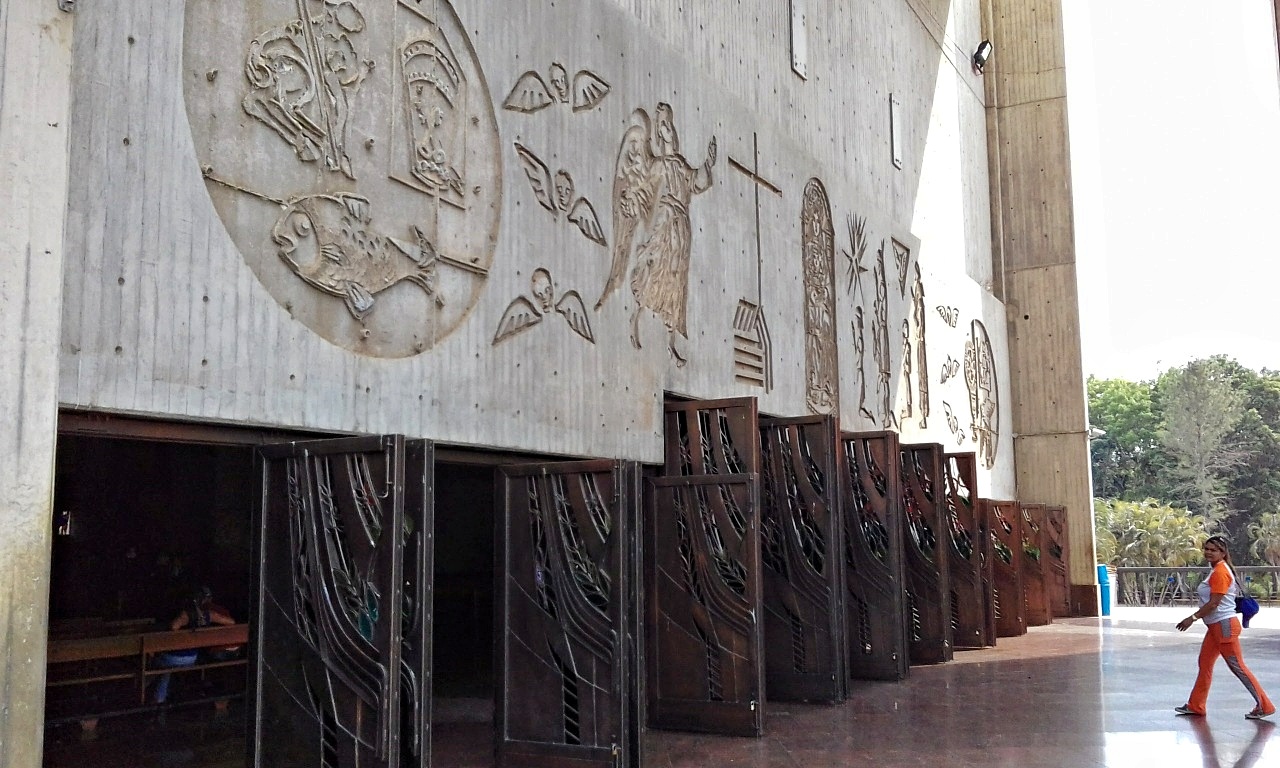
Como es usual en cualquier trabajo fotográfico, las imágenes originales las intervine con la finalidad de corregirlas o destacar algunos detalles que de otra manera pasarían desapercibidos, haciendo uso de las herramientas de edición que proporcionan las aplicaciones Picsart y Snapseed, que son las que uso regularmente por cuanto me encuentro bastante familiarizado con su manejo.
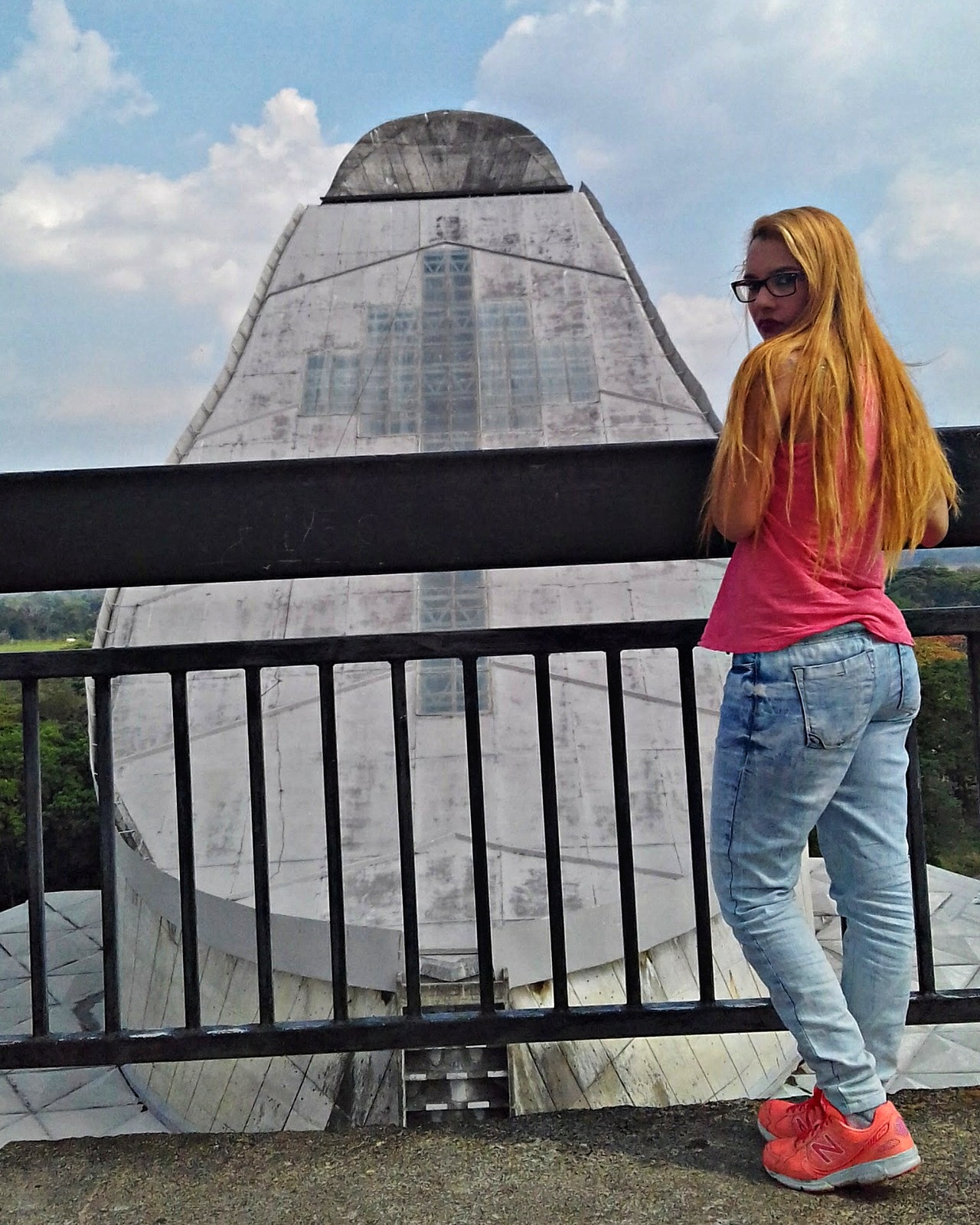

| Camera: | Samsung Galaxy J1 mini prime |
| Editor: | Picsart / Snapseed |
| Location: | Guanare, Portuguesa, Venezuela |
| Date: | 26-02-2017 |

https://twitter.com/manuelgil64/status/1562464804329365506
The rewards earned on this comment will go directly to the people( @manuelgil64 ) sharing the post on Twitter as long as they are registered with @poshtoken. Sign up at https://hiveposh.com.
Yay! 🤗
Your content has been boosted with Ecency Points, by @manuelgil64.
Use Ecency daily to boost your growth on platform!
Support Ecency
Vote for new Proposal
Delegate HP and earn more
Gracias por apoyarnos en Twitter!
!LOLZ
lolztoken.com
Boo boo clusters.
Credit: reddit
@manuelgil64, I sent you an $LOLZ on behalf of @celf.support
Are You Ready for some $FUN? Learn about LOLZ's sew FUN tribe!
(1/6)
👍🏻